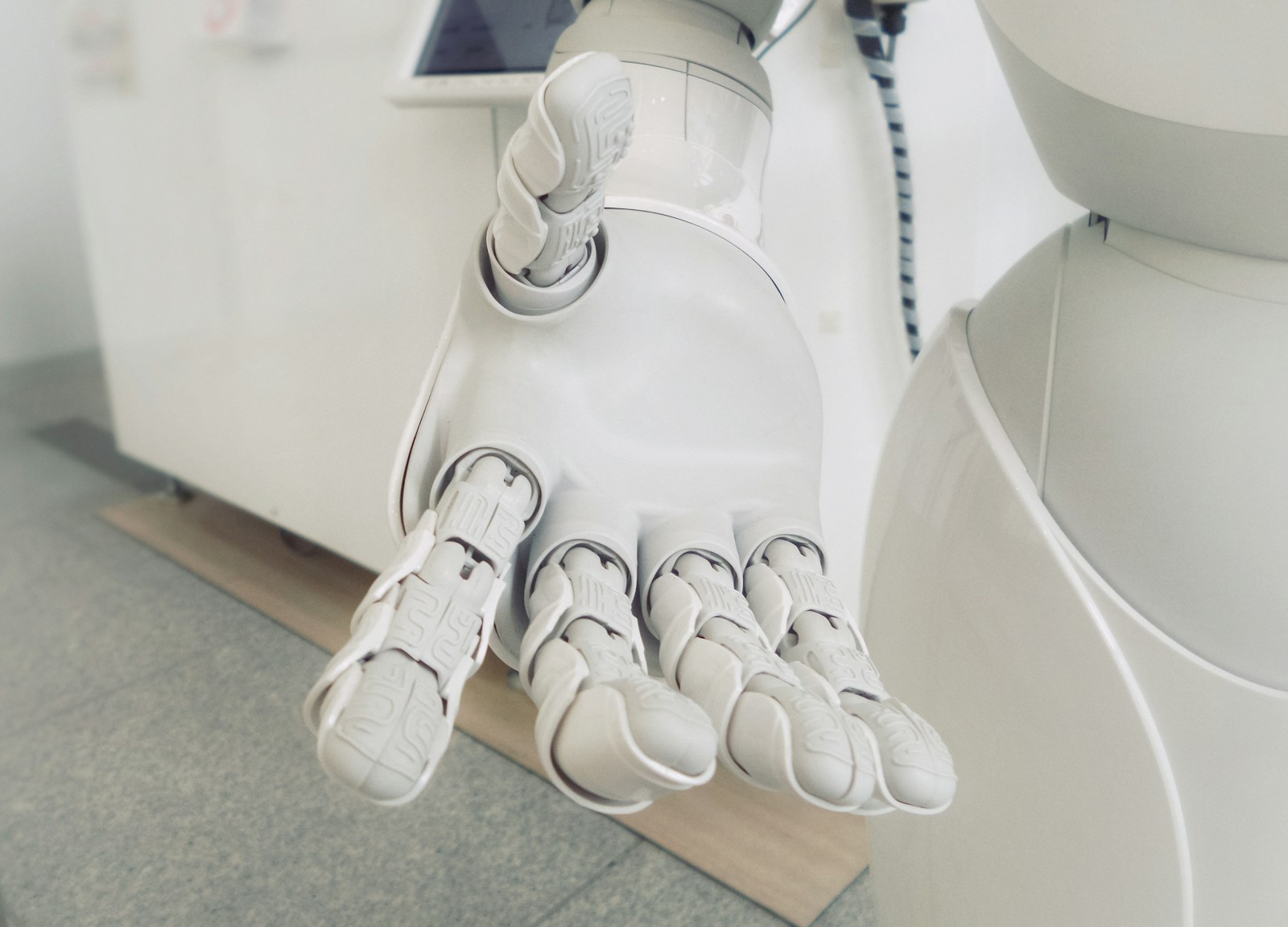The integration of Artificial Intelligence (AI) into veterinary diagnostics is revolutionizing the way we approach the health and well-being of our pets, particularly dogs. With advancements in AI technology, veterinarians are now equipped with tools that augment their capabilities, allowing for faster, more accurate diagnoses and ultimately, better care for our furry companions.
Enhancing Diagnostic Precision with AI
AI’s role in augmenting the evaluation of companion animals’ X-rays is a significant leap forward in veterinary care. SignalPET, a veterinary MedTech company, utilizes AI to improve the diagnostic capabilities of veterinarians by providing comprehensive and objective scans of pet X-rays. This technology is not only about speed but also about the depth of analysis, offering reliable results on more than 60 radiographic test results instantly. It scans for both normal and abnormal signs, aiding veterinary practitioners in the diagnostic process and producing easy-to-read reports.
The Impact of AI on Veterinary Radiology
The shortage of veterinary radiologists in the US has led to larger backlogs for radiograph reports. SignalPET steps in to address this gap by harnessing the power of AI and machine learning to assess companion animal radiographs in real-time. This approach has reviewed more than 9 million X-ray scans, detecting over 150 million abnormalities. The AI applications developed by SignalPET have an average result turnaround time of three minutes, significantly quicker than manual evaluation. This efficiency is crucial for timely treatment and enhancing the chances of a happier, healthier life for pets.
AI-Driven Health Scores for Dogs
The development of an AI-generated Health Score based on multifaceted data is another innovative application. This score categorizes dogs into those requiring medical attention and those that are healthy, aiding in the assessment of canine health. The Health Score has proven to be an effective tool for articulating the health status of companion dogs, offering a quantitative expression method that compares favorably with diagnoses made by veterinarians.
Broadening the Scope of AI in Veterinary Care
The potential of AI in veterinary diagnostics extends beyond X-ray analysis. AI and machine learning are increasingly used in the evaluation of medical images across various domains, including musculoskeletal, thoracic, nervous system, and abdominal imaging. These technologies offer new avenues for diagnosing and treating diseases in animals, enhancing the precision and speed at which veterinarians can operate.
The Future of AI in Veterinary Diagnostics
As AI technology continues to evolve, its integration into veterinary science promises to bring about even more groundbreaking results. By taking on repetitive, data-centered tasks, AI allows veterinarians to focus more on complex tasks and patient welfare. The role of AI in veterinary diagnostics is not to replace human expertise but to augment it, providing tools that help veterinarians do their jobs with greater speed and precision.
In conclusion, the application of AI in veterinary diagnostics represents a significant advancement in pet healthcare. By providing faster, more accurate results, AI technologies like those developed by SignalPET and others are not only improving the diagnostic process but also ensuring that our pets receive the best possible care. As we move forward, the continued integration of AI into veterinary medicine holds the promise of transforming the landscape of pet healthcare, making it more efficient, accurate, and accessible for all.






